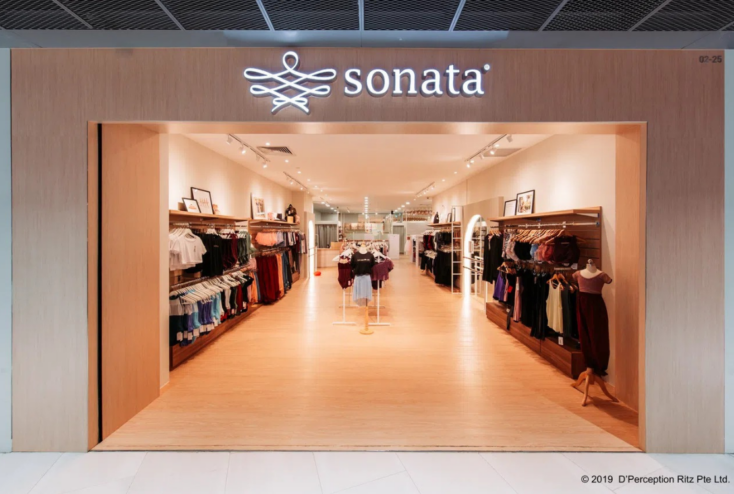
Home-grown Sonata Dancewear makes a jete into South-east Asia by pirouetting on tradition
Sonata Dancewear, a home-grown Singapore brand, has leapt from a humble balletwear shop to a regional presence across Southeast Asia, blending tradition with innovation and embracing digital tools to inspire a new generation of dancers.





